By Brent Douglas Dyck
In the summer of 1943, Malgorzata Twardecki, a single mother living in Nazi-occupied Poland, received an ominous order to bring her five-year-old son to the local town council office by 6 the following morning. He was to be sent on a holiday to improve his “health.” Malgorzata’s son, Alojzy, had blond hair and blue eyes. When Twardecki refused to obey the order, the military police arrived and took the young boy to the district office where he, along with other village children with similar characteristics, were led by Schutzstaffel (“SS”) officers to the local train station. Without being told where her son was being sent, Malgorzata watched the train leave with her only son on it, becoming one of hundreds of “Lebensborn children” that Nazi Germany would kidnap and place into other homes.
“You can’t imagine what it is like to have a child stolen. We didn’t give them our children. They stole them,” Malgorzata said years later. “Nobody had ever done anything as terrible as this.”
‘Germanizing’ the ‘Aryan’ Poles
Alojzy was just one of approximately 200,000 Polish children who were stolen by the Nazis between 1939 and 1944 and sent back to Germany to be “Germanized.” When the German Army invaded Poland in September 1939, the invaders were struck by the abundance of blond-haired and blue-eyed children. Heinrich Himmler, the Reichsführer (national leader) of the SS, said in a speech to officers in Posen in October 1943, “It is our duty to take their children with us, to remove them from their environment, if necessary by robbing or stealing them” and send them to Germany.
Since the Nazis believed that Poles were inferior to themselves, the notion of Aryan-looking Poles conflicted with their ideology. How can Poles be an inferior race if some of them look just like the ideal German? To reconcile this dilemma, the Nazis propagated the idea that these children were actually descended from German blood. Therefore, the Nazis convinced themselves that they were not stealing children but were merely reclaiming lost blood that belonged to the Fatherland. Poland was not alone in suffering this tragedy; Aryan-looking children from Czechoslovakia, Slovenia, Belorussia, and the Ukraine were also stolen and sent to Germany.
62 Aryan Physical Characteristics
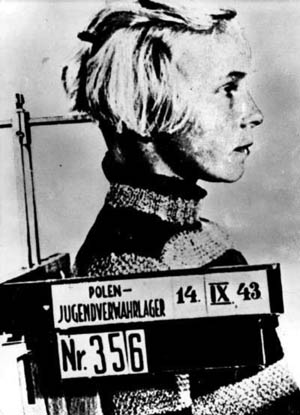
In October 1939, Adolf Hitler created the office of the Reich Commissioner for the Strengthening of German Folkdom with Himmler at its head. Its aim was to help resettle the occupied territories with a German population. In February 1942, SS Gruppenführer (major general) Ulrich Greifelt from Himmler’s office issued directive 67/1. Polish children with suitable Aryan characteristics would be identified and taken away from their parents under the pretext that their health was at risk. The children would be sent to either Lodz or Kalisz where they would be photographed and analyzed according to 62 physical characteristics, including the color of hair and eyes, the length of the nose, the thickness of the lips, and posture. Even the size of a girl’s pelvis was measured for reproductive reasons.
If the children were found to be suitably Aryan, then those between the ages of two and six were to be sent to maternity, or Lebensborn, homes in Germany where they would become “Lebensborn children,” after their adoption by a proper SS family. False birth certificates with new German names and birthplaces would be issued to hide the children’s true identities. In many instances the Nazis would give the child a similar sounding last name so it would be easier for the child to remember.
Barbara Mikolajczyk became Baber Mickler, Helena Fornalczyk’s new name was Helena Former, Alodia Witaszek was now Alice Wittke, and Helena Fice was changed to Helene Fischer. Children who failed the medical test and were deemed not to be Aryan enough were sent to the Auschwitz and Treblinka concentration camps, where many were murdered.
German Motherland School
Children between the ages of six and 12 who passed the tests were to be sent to German Motherland, or Heimschulen, schools where they would be taught to become good Aryans. The goal was to erase any trace of their native heritage and reshape them as loyal Nazis. They were taught to speak German; if any children spoke their mother tongue they were either deprived of food or whipped with a strap. The children were forced to wear uniforms with swastikas, sing military songs, and were taught Nazi beliefs. They were also forced to endure countless hours of drills and marches to destroy any sense of individuality.
Once the children were suitably “Germanized,” they were available for adoption by German families. Historian Richard Lukas writes that some Polish girls with Aryan characteristics were even sent to SS maternity homes in Germany where they became “breeding material” for SS officers.
Abducted from Schools, Concentration Camps and Orphanages
The Nazis used several methods to capture the children. At first the Nazis targeted blond-haired and blue-eyed children at Polish orphanages and foster homes. One boy recalled his experience: “In 1940 four boys, all of us fair haired, were taken from the Sienkiewiczowka orphanage to the Health Department for examination…. Our blood was tested, all parts of the body, the head, etc., measured, our hair, skin, etc. examined. Eventually I was taken to Bruczkow…. We were taught German and forbidden to speak Polish.… I spent a year and a half at an SS school… Going to church and speaking Polish were punished by flogging and deprivation of food…. We were told that we would be Germans from then on, and we were given new names…. Later we were assigned to farmers…. I was told to address the farmer and his wife as ‘father’ and ‘mother’ in order to forget more quickly that I came from another country. My name was to be Johann Suhling instead of Jan Sulisz.”
The Nazis also confiscated the children of Poles who had been sent to concentration camps. One camp survivor, Josef Olszacki, said: “In 1944, following my arrest and deportation to a concentration camp, my daughters Regina, aged 14, and Anna Maria, aged 10, were summoned to the Arbeitsamt (employment office) and later to the Race Office. I did not see my daughters after I had returned from the camp; they were no longer there. What I know about them comes only from my foster daughter who had brought them up. During an examination at the Race Office, both daughters were pronounced ‘racially valuable’…. I know from a nun who was present during the evacuation of children from Kalisz on January 18, 1945, that the children boarded a train and headed toward Poznan. But their destination is unknown.”
In some cases the Nazis took children straight from school without any warning. Janek Hammerling was only six years old when the Nazis entered his school in Radom and measured his height, weight, and even his teeth. Shortly afterward, he was sent on a train to a camp in Germany, where he was taught German songs.
Kacper Poldek was seven years old when the Nazis took him, his sister, and two other schoolboys from their school in Nowy Sacz. They were sent directly to a camp in Germany, where they were taught the German language.
Mieczyslaw Domanski was six years old when he was rounded up by the Nazis along with 80 other pupils from his school in Adamow. He was sent to a camp in southern Poland, where he had to wear a German uniform and was beaten if he spoke Polish.
Taken from Parents
Finally, the Nazis took Aryan-looking children directly away from their Polish parents. Maria Komsyk later testified: “I had two children: a boy aged six … and a girl…. In 1940 I was arrested by the German gendarmerie because a German neighbour had informed against me. With two small children, I could not agree to do the washing for her.… One of the gendarmes took the children away from me, while the other one led me to the Arbeitsamt.… I was deported to Lubeck for forced labour.… I stayed there until 1942…. Till this day I do not know what happened to my children.”
In other cases parents received a notice from the SS telling them to bring their children to the local train station at a certain time to go on a holiday. This is what happened to young Alojzy. He was sent to Germany, where he was adopted by a member of the Nazi Party. He was taught to speak German, and his name was even changed to the more German sounding Alfred Binderberger. Young and impressionable, Alojzy soon became such a follower of Adolf Hitler that when his adoptive father took down the picture of Hitler over his bed when the war was over Alojzy called him a “traitor.”
Sometimes the Nazis employed the notorious Brown Sisters to find suitable children for them. The Brown Sisters were female nurses who were dedicated to the Nazi cause. They worked for the Nazi Welfare Organization and searched through villages and towns for Aryanlooking children. According to Lukas, they used “candy and even slices of bread as lures to attract boys and girls.”
Striking up conversations with children, the Brown Sisters inquired where they lived and if there were any similar looking brothers or sisters at home. The Sisters would then relate their information to the local SS authorities. The children would then disappear from their homes usually at night and never to be heard from again.
Sometimes children were assigned for Germanization even before they were born. During the war, thousands of women from occupied countries, especially Poland, were rounded up by the Nazis and sent to Germany to support the war effort. These women labored on farms, were employed as servants, or worked in factories.
In July 1943, Himmler issued a decree concerning pregnant foreign workers and their potential offspring. The decree stated that if the parents were “racially valuable” the child should be taken away from the mother and either placed with proper SS foster families, becoming one of the Lebensborn children, or raised in “suitable” homes. Children of foreign workers that were not “racially valuable” were to be eliminated.
A Nazi document from the German city of Wurzburg referred to this process: “Polish woman NN (no name), born on … is expecting a baby (… month of pregnancy), whose father is Pole NN…. The mother’s request for an abortion was rejected, since there is a likelihood of racially good offspring. The NSV is kindly asked to take charge of the baby following its birth.”
It is estimated that chosen homes took in over 90,000 Lebensborn children, the majority of whom were “racially valuable” and had been born to foreign workers in Germany.
Operation for the Revindication of Lebensborn Children
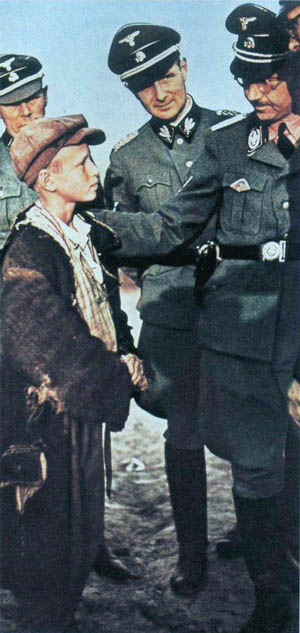
Malgorzata Twardecki was one of the lucky parents. She was reunited with her stolen child —albeit 10 years after he was taken. Many Polish parents never saw their children again.
After the war, the Polish government created the Operation for the Revindication of Children headed by Dr. Roman Hrabar. Its mission was to reunite stolen children with their rightful parents, a formidable task. Researchers had to first determine what the children’s names had been changed to and then where they were living in the West. Once found, many German parents refused to believe that their “children” were Polish and refused to give them up to the authorities. The task was made doubly hard when children did not speak Polish anymore and had no memory of their original life or family.
Lastly, the Polish Mission could expect little help from British and American authorities to send children behind the Iron Curtain during the Cold War. By the end of 1950, the Polish government had only been able to repatriate 3,404 children back to Poland. It is estimated that only 40,000, or 20 percent, of the estimated 200,000 children who were stolen from Poland by the Nazis were ever reunited with their families. Thousands of others and their descendants still live in Germany today unaware of their true identity and heritage.
As Dr. Hrabar wrote, Adolf Hitler’s theft of Polish children is one of the “blackest page[s] in the annals of humanity.” (Learn about these and other seldom-mentioned stories of the Second World War by subscribing to WWII History magazine.)
Brent Douglas Dyck is a Canadian historian and teacher. His articles have appeared in the British journal, The Historian.
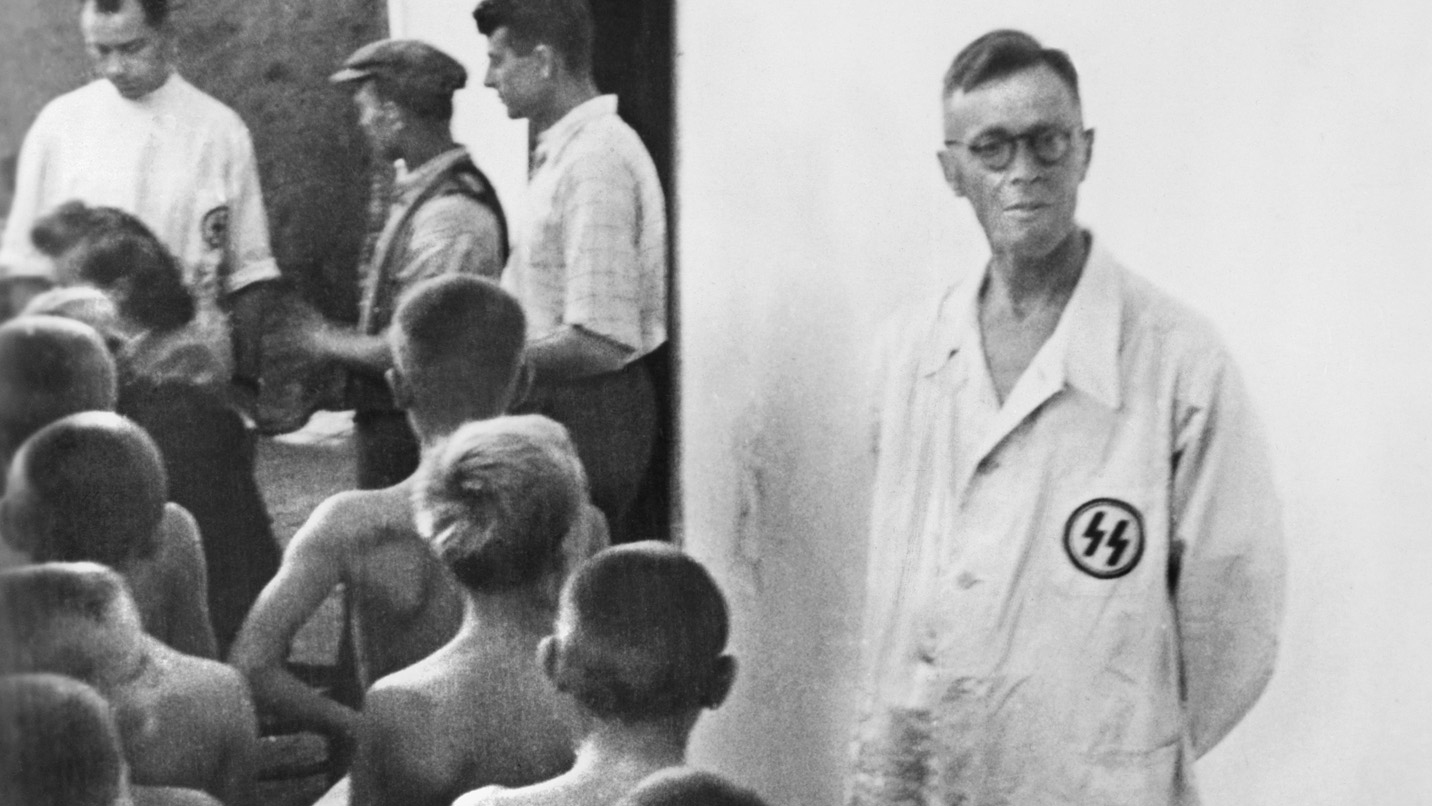
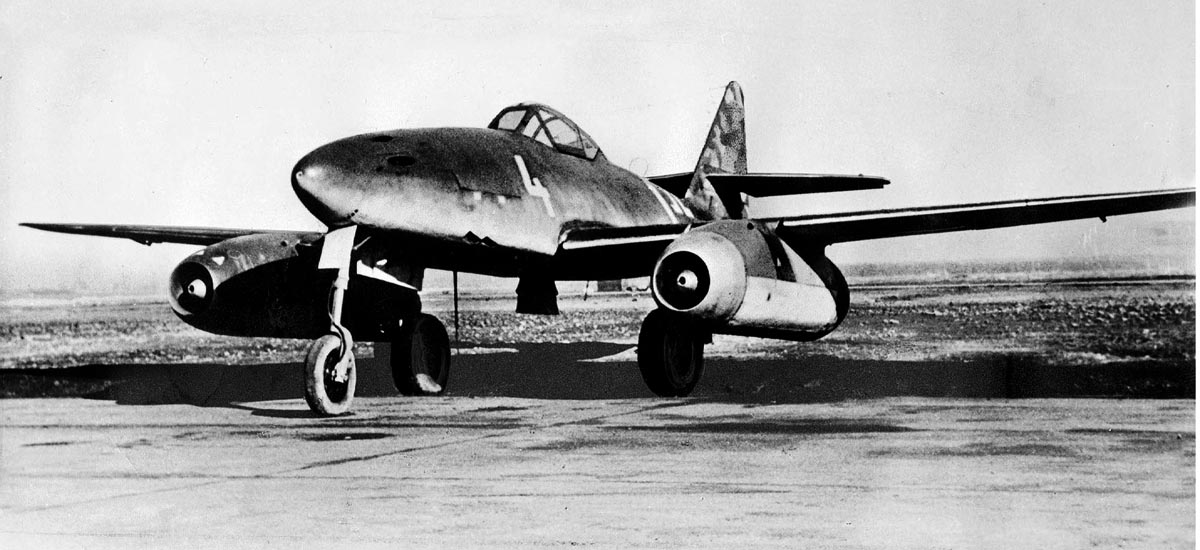

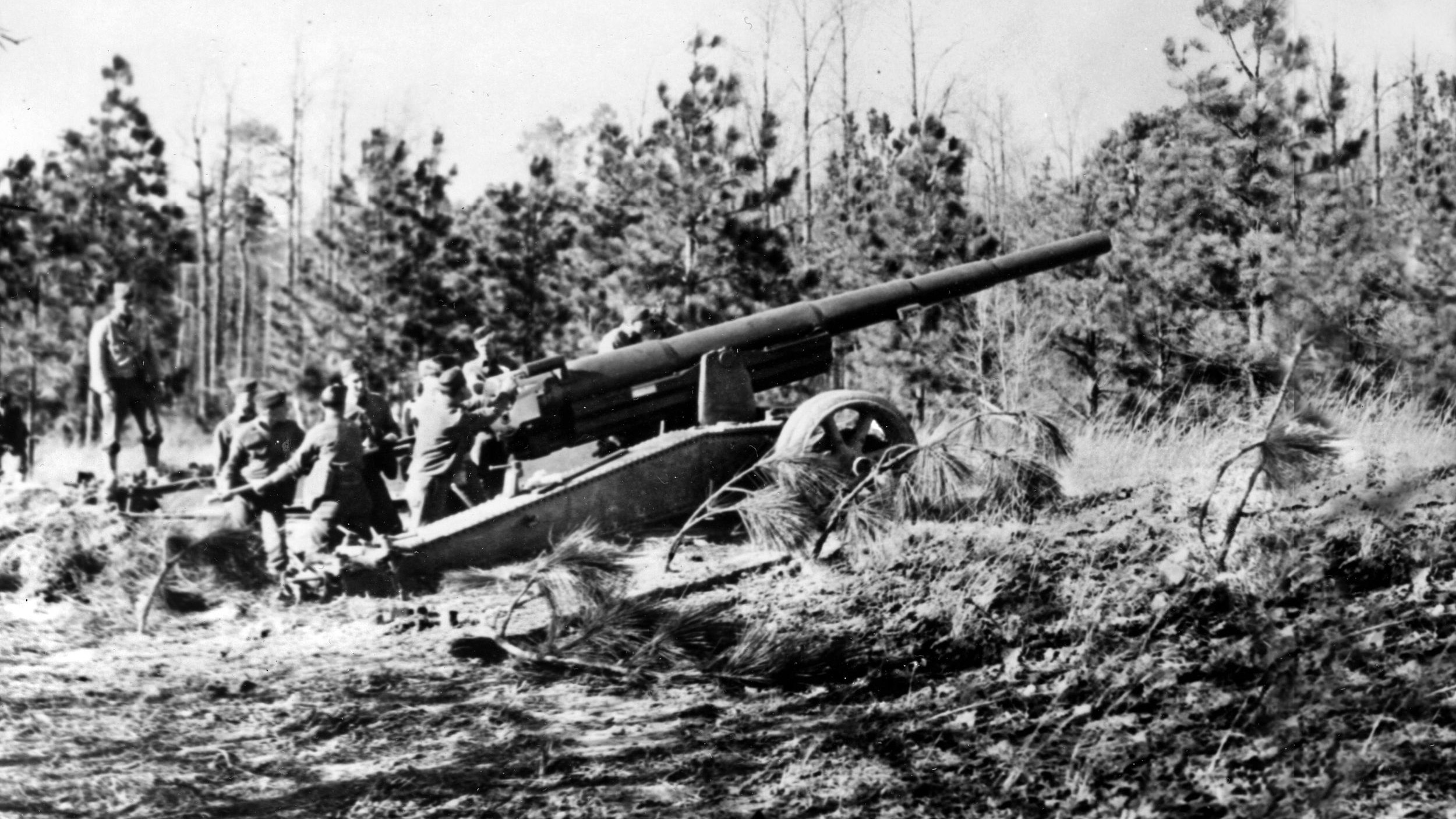

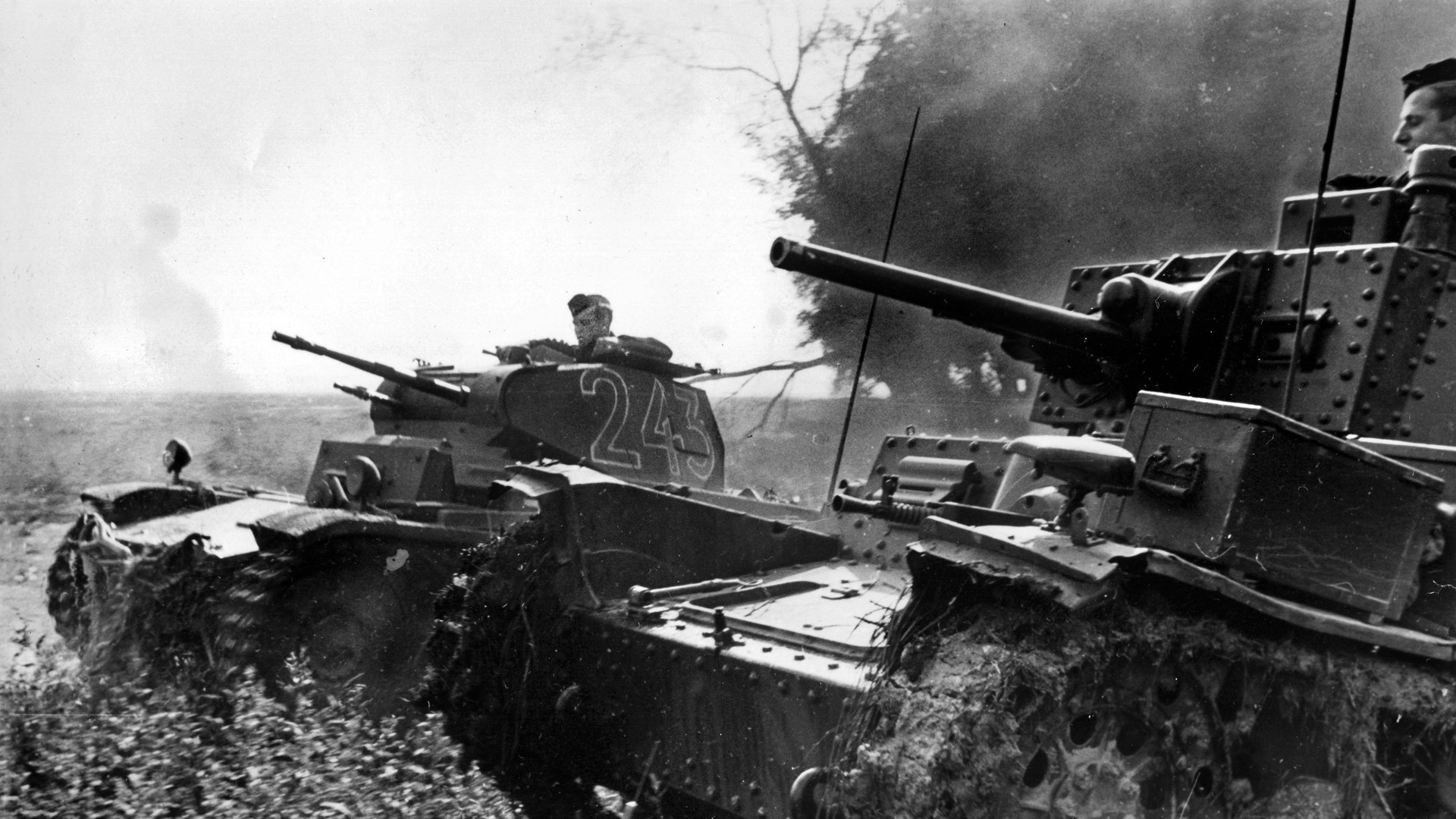
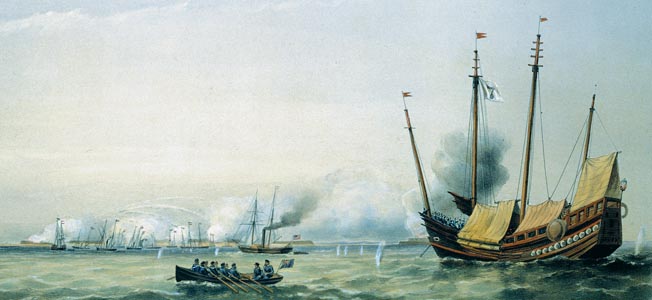
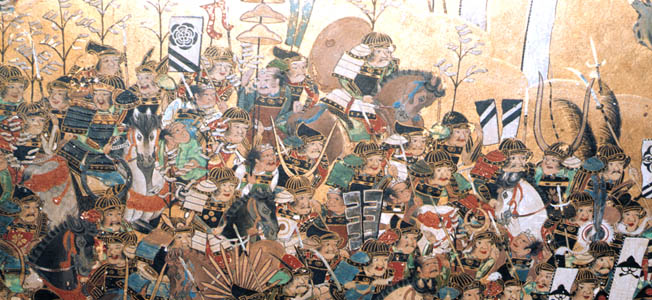
I am 80 years old now, have wondered all my life about who my real parents were. After reading this article, about the Brown Sisters, I recalled all my life that the woman who talked to me had a red cross on a white bunnet. I recall Lebensborn, remembering a lot of little kids laying outside on a little blanket sleeping and beside each child was a little white potty with a handle on it. I walked from child to child picking up the potties and trying to stack them on top of each other. This memory was first, the one with the red cross lady was after. I remember a ride in the train, laying alone in the top bunk looking out the window at the full moon. This is how I got to Germany. I was in 3 different foster homes in Germany and remember my last one well in Solingen. I was only 5 or so then. I have tried once to find out who the Foster parents in Solingen were, through the Solingen newspaper ad, but never heard back. I can very well understand that it takes us a lifetime to get over this and want to find out possibly who my real parents were. I thought all my life that the lady with the red cross hat, was an angel send to take care of me, until I read your article. I have tried Ancestry.com and Heritage, but I dont have names of my parents so every door was shut for me. I was lucky enough to have been adopted when I was 6 or so by a lovely woman, who may or may have not been my real mother, she passed on in 1981. I never asked many questions because it hurt her to speak about this, she only said that I was her real daughter. I never resembled her by looks. But until now have never opened up about my past. Do I really want to know or keep believing the beautiful story regarding my real father she told me? He never got to see me, was killed before I was born. Perhaps?? I dont know why I am writing this, it will most likely go into your trash, but it felt good talking about it. Thank you .
Dear Rena,
I was deeply touched by your story, thanks for telling it.
It’s unimaginable how it was like for you, but I was glad to hear that you grew up from a young age with a lovely lady who may or may not have been your biological mother.
My best friend was adopted as a week old baby and as I got to know his parents, I came to realise that adoptive parents are real heroes, to them it makes absolutely no difference if they carried their beloved child or if they first saw them after they were born.
A mother’s kindness has no equal in this world, It’s so special and it’s good to hear you had that with your mum.
I also wanted to suggest that you have your “raw DNA result” either from Ancestry or My Heritage uploaded on a free website called Gedmatch, which has a much higher number of members than the above mentioned two you already tested.
Also, if you have any cousins from your mother side and they agree to be tested, you could then establish if you are related through your maternal line.
Failing that you can do a genealogical test called “Mitochondrial DNA”, which could help establish the origins of your direct maternal line.
I had that done for myself and my father and we had good precise results although it’s never guaranteed. You can do this test through Family Tree DNA, an American company.
Just a few ideas for you
All the best
Dear Rena,
Thank you for sharing this story. My heart goes out to you. It is so important to know these stories.
Sadly evil like this can happen again if we don’t remain vigilant and true to Christian values and ethics.